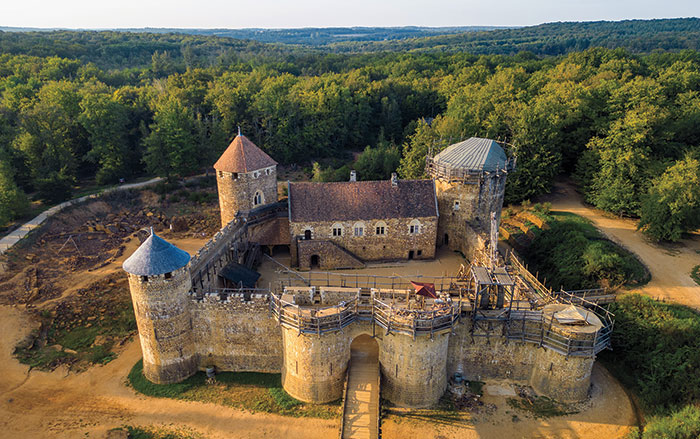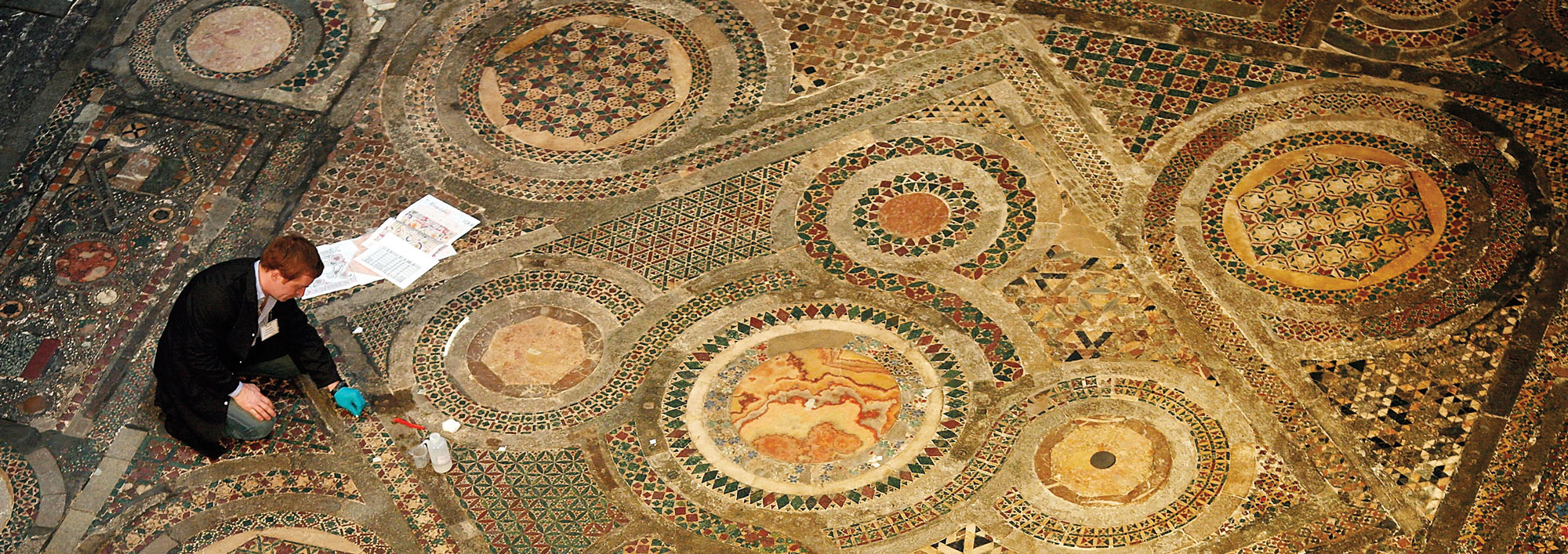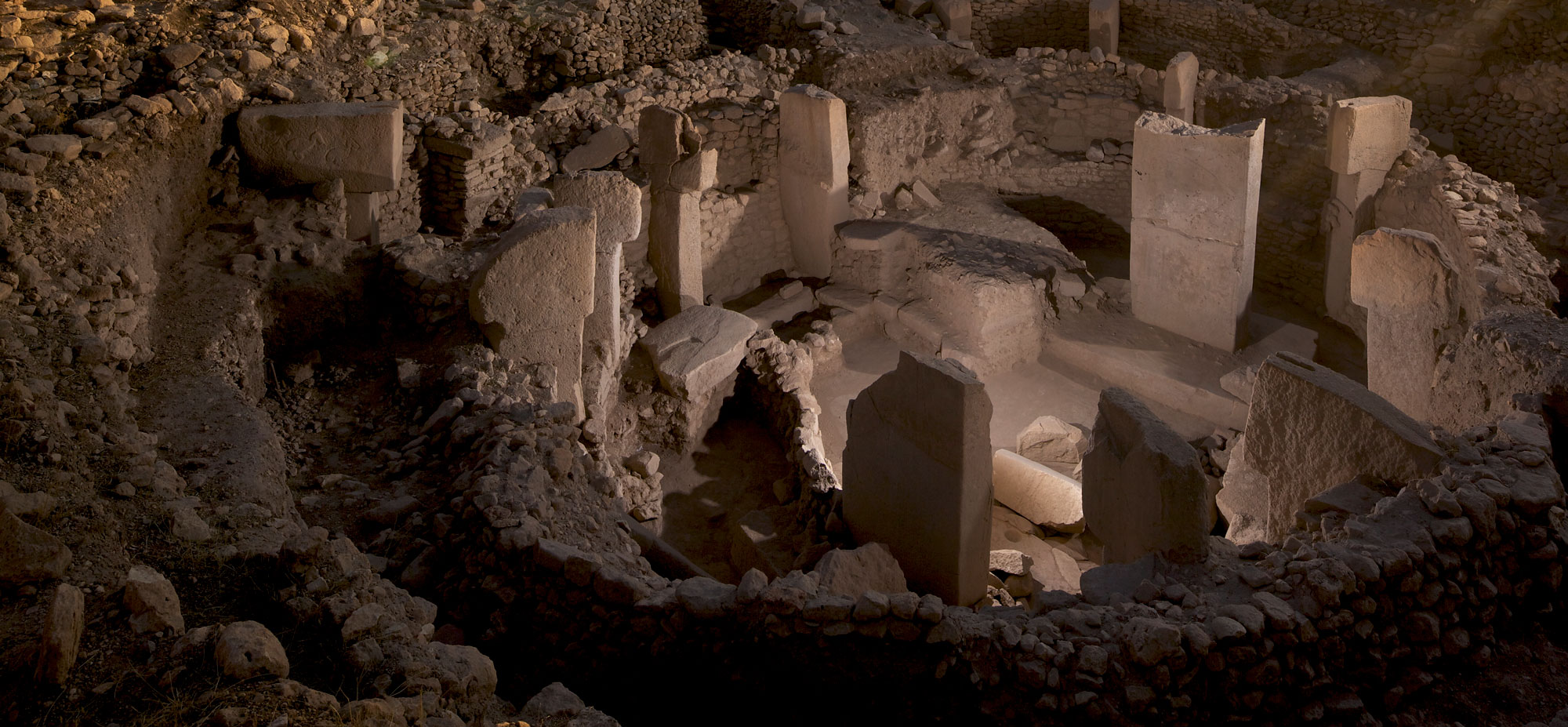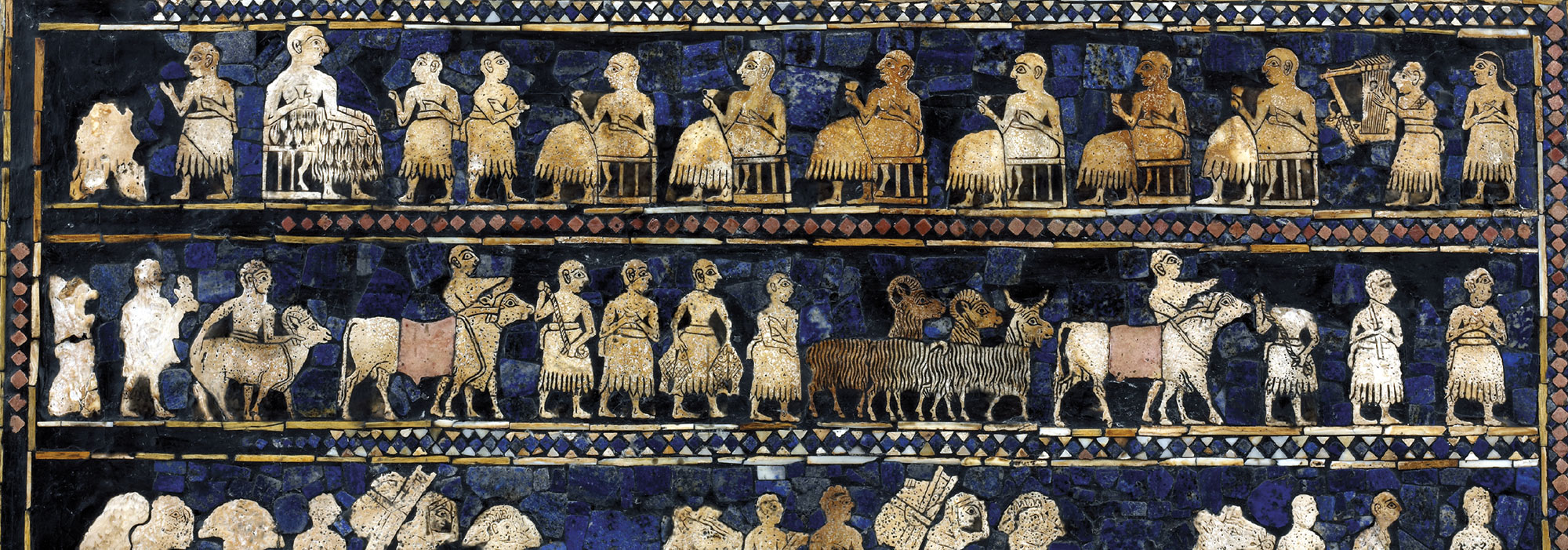STOCKHOLM, SWEDEN—According to a Live Science report, Alison Klevnäs of Stockholm University and her colleagues reviewed excavation records of European cemeteries ranging from England to Transylvania, and found that graves were frequently opened and objects removed between the sixth and eighth centuries A.D. Brooches were often taken from women’s graves, and swords were taken from men’s graves, but other valuables were left behind, including items made of gold and silver. The study suggests that items were removed from the graves within a generation after burial, or after soft tissues would be expected to have decayed but before a wooden burial container would have collapsed. The artifacts, however, would have been in poor condition, and held little practical value, the researchers explained. “Swords and brooches are some of the most symbolically laden objects in graves,” Klevnäs said. “These were given as gifts and passed on as heirlooms; they’re objects used to link people, including across generations. They bring stories and memories. So it’s likely that they are retrieved for these reasons,” she added. To read about the early Middle Ages in Britain, go to "A Dark Age Beacon."
Did Early Medieval Europeans Interact With the Dead?
News June 20, 2021
Recommended Articles
Digs & Discoveries September/October 2025
Good Night, Sweet Prince

Features September/October 2025
How to Build a Medieval Castle
Why are archaeologists constructing a thirteenth-century fortress in the forests of France?

Features January/February 2025
Medieval England’s Coveted Cargo
Archaeologists dive on a ship laden with marble bound for the kingdom’s grandest cathedrals

Artifacts May/June 2024
Medieval Iron Gauntlet

-
Features May/June 2021
Last Stand of the Hunter-Gatherers?
The 11,000-year-old stone circles of Göbekli Tepe in modern Turkey may have been monuments to a vanishing way of life
 (Vincent J. Musi)
(Vincent J. Musi) -
Letter from Australia May/June 2021
Where the World Was Born
Newly discovered rock art panels depict how ancient Aboriginal ancestors envisioned climate change and creation
 (Courtesy Paul Tacon)
(Courtesy Paul Tacon) -
Artifacts May/June 2021
Magdalenian Wind Instrument
 (Courtesy Carole Fritz et al. 2021/CNRS – the French National Centre for Scientific Research)
(Courtesy Carole Fritz et al. 2021/CNRS – the French National Centre for Scientific Research) -
Digs & Discoveries May/June 2021
You Are How You Cook
 (loraks/iStock)
(loraks/iStock)


